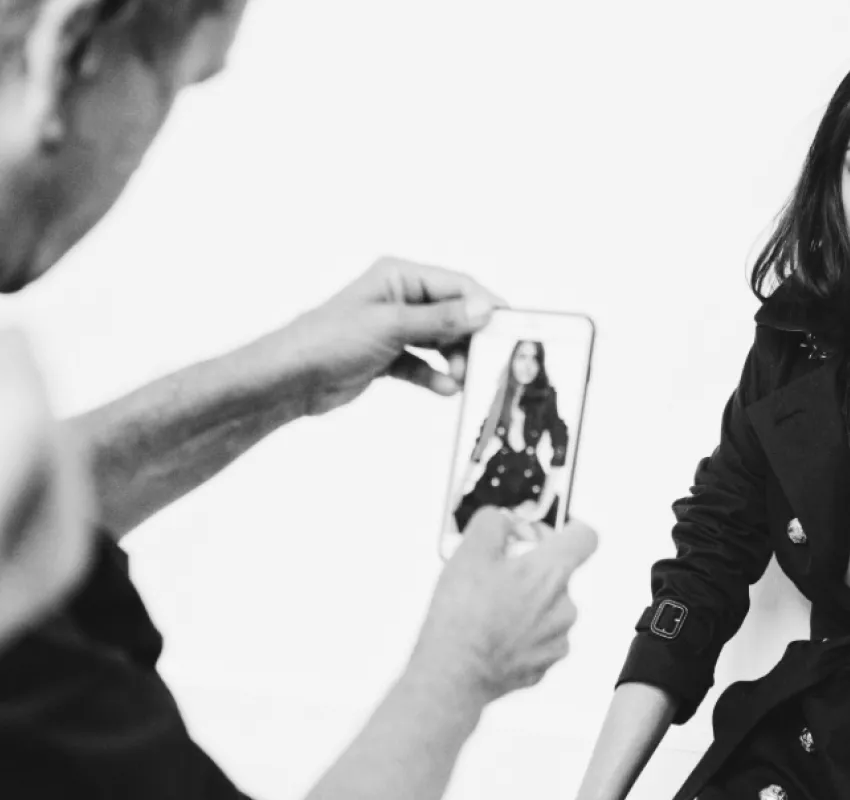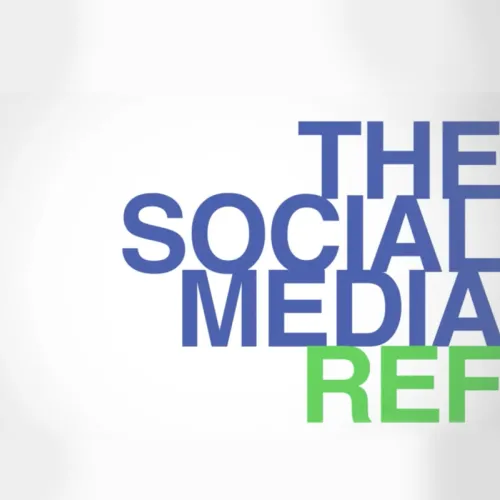Share
I had a chance to visit some museums over the holidays and was pondering the challenge that they have to maintain relevance in today's hectic noisy society. I was particularly impressed by the changes that are in progress at the Toronto Royal Ontario Museum (#ROM) under the direction of their CEO @JanetCarding. During her talk at THEMUSEUM in Kitchener, Ontario, she explained the process of interviewing local citizens to study their perception of the ROM and what would entice them to visit the ROM. The answers were surprising and underlined the importance of doing market research of your target audience. While the tourism industry is a natural audience for a museum, for long-term sustainability and growth, the local population needs to be engaged to identify what their needs are from an institution like a museum. I believe one of the first things that the ROM did was to drop the admission price to make it more accessible and affordable to the general public. It is much easier to pay $15 for a day at the museum than $25 and if I lived in town, the lower rate of $15 inspires me to split my excursion into at least 2 visits if not more.
We made a special trip into Toronto to see the David Hockney Fresh Flowers exhibition before it closed. At first we struggled over whether to invest in a membership or just pay for one day admission, but once we were in, there was no doubt that I want to go back and spend much more time there. We have now found a destination spot for mini-vacation trips when we want to do something really interesting. The food in their cafeteria was amazing and they have a magnificent lounge restaurant at the very top of the new Crystal space at the front. Yes, indeed they have created an exciting experience that starts on the platform at The Museum Subway station and carries the adventure adventure through every curious corner of the building.
You may wonder why I posted this under the Whiteboard Strategy category. The digital media landscape is truly transforming our expectations of the world and if you don't have a strategy to explore into this uncharted frontier, then cobwebs and dust will form in your organization and you will become obsolete.
Like any other business, museums must generate self-sustaining revenue to survive because the age of philanthropic patrons of the vaults of history are probably more interested in viewing a 3D tour from the comfort of their home theaters than schlepping out into the cold and the lineups to walk through an old dusty vault of a museum. They also don't have to travel to far away locations to view items when they can surf to them. What can you create that would entice people to come out to participate in the experience of being in the museum?

I came to see the David Hockney exhibit because it is certainly unique. The images themselves have no permanence of value since the digital files of the images can be widely distributed without limitations and there is no value in the concept of "The Original". Hockney himself states that it would be silly to charge for the file images. Sure you can make prints, but then they lose the luminosity of the original digital iPad/iPhone art experience. What is intriguing about the exhibit is its position in the history of our time. As Marshall McLuhan stated in the 60's, "The Medium Is The Message" in that media is an extension of "man". To be in an exhibition room and walking through the journey that David Hockney travelled as he experimented on how to use the new digital media tools instead of paints and canvas is an experience that you want to be immersed in and the only way to do that is to physically step into it.
He has also transformed the concept of how to generate revenue from his talent. He has gone from selling physical pieces of "art" to selling the experience of being immersed in a sea of his "art". It is a transient type of experience that you can only really carry with you in your memory which is great because it doesn't create more clutter in your house! People are much more interested in the story of how the exhibit evolved, the experience that the artist went through and how the experience of creating the art transformed them. Several artists who have made the shift from selling their art to selling the stories about the experience they went through while creating the art and explaining the story behind each component of the art (e.g. Judy Chicago's "The Dinner Party").
When you think about your business, how can you change your strategy to reach out to your target audience and invite them to participate in your story, to be curious about your story and to stop for a moment and listen to what you have to share with them. We have come full circle around to the days of story-telling around the campfire and enticing people by transporting them into another reality. When you think of the role of a community manager within your organization, think about the stories that they can weave to excite your audience to become part of the experience.


